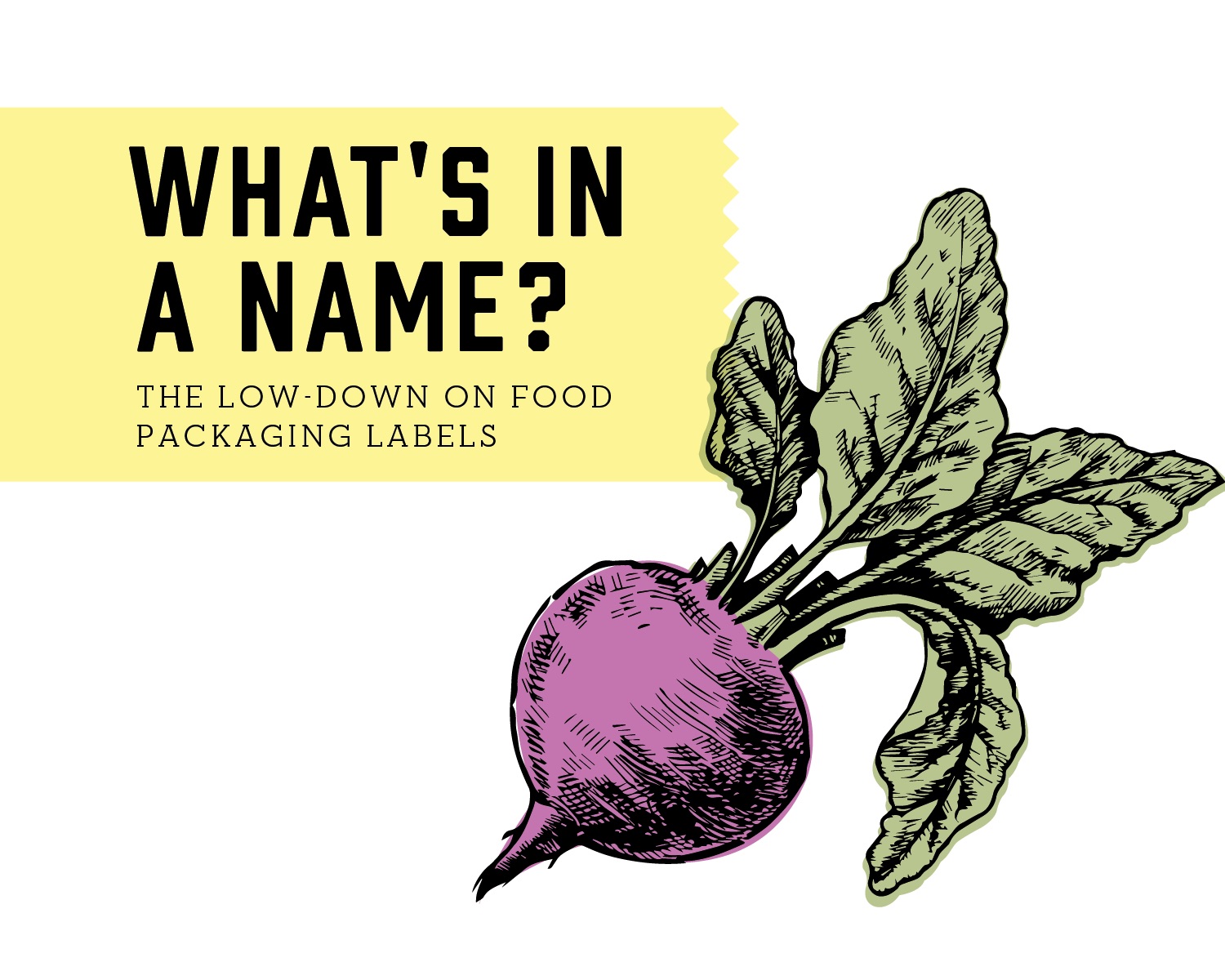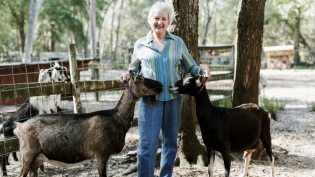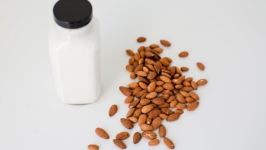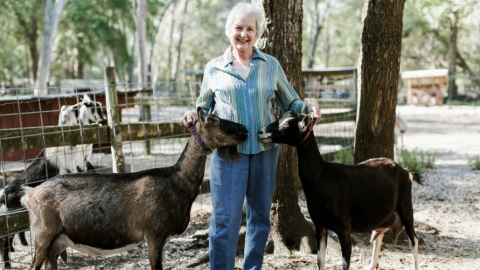How to Read Food Packaging Labels
The array of terms on food labels can be challenging to decipher. You’ll see claims on packaged foods and menus such as “natural,” “free-range,” “locally grown,” and “grain-fed,” for instance. But what exactly do these terms mean? We’ve gathered a handful of popular marketing terminology used for food labels, and broken them down, to help you make sense of the language. Compiled from A Greener World’s Food Labels Exposed, these are words and phrases found frequently when shopping or dining out, and they offer a starting point for understanding what’s really behind the label.
BUZZ WORDS
Organic/Certified Organic: All products sold as “organic” must meet the USDA National Organic Program production and handling standards. Certification is mandatory for farmers selling more than $5,000 of organic products per year, and is verified by an accredited certifying agency. In general, organic production limits the use of chemicals, pesticides, hormones, antibiotics, and other inputs. However, it does not strictly define production practices related to space per animal or outdoor access requirements—for example, confinement areas are permitted to fatten organic beef cattle—that can have significant welfare implications for animals. Definition by USDA food safety and inspection service
Genetically Modified Organisms: GMOs are plants and animals whose genetic make-up has been altered to exhibit traits that they would not normally have, like longer shelf-life, a different color or resistance to certain chemicals or pests. Genetic modification is currently allowed in conventional farming. As foods which contain GMO do not have to be labeled, the consumer has no way of knowing whether they are consuming products that contain GMO ingredients, were produced by animals fed GMO feeds or, in the future, came from genetically modified animals. No legal or regulated definition.
Natural/All Natural: A product containing no artificial ingredient or added color and is only minimally processed (a process which does not fundamentally alter the raw product) may be labeled natural. The label must explain the use of the term natural (such as: no added colorings or artificial ingredients; minimally processed). As defined by the USDA, the term applies only to how meat is processed after slaughter. Often found on meat and livestock product labels, this commonly used term does not refer in any way to how animals are raised, so the farming system may have involved feedlot and confinement systems, tail docking and other mutilations, or the routine use of antibiotics, for example. Definition by USDA food safety and inspection service. No independent third party verification.
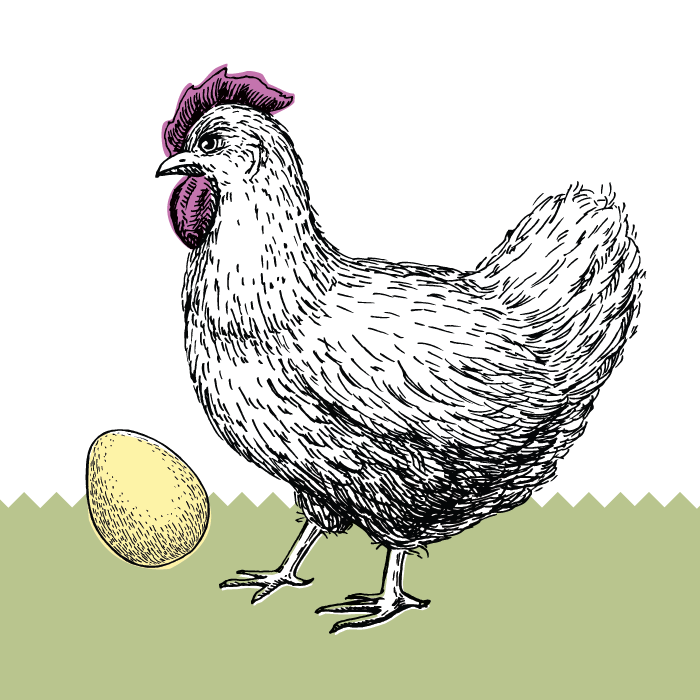
ANIMAL WELFARE
Cage Free: Hens laying eggs labeled as “cage free” are raised without using cages but still almost always live inside large barns or warehouses, often with many thousands of other birds. This term does not explain if the birds have any access to the outside, whether any outside area was pasture or a bare lot, or if they were raised entirely indoors in overcrowded conditions. Beak cutting is permitted to prevent feather pecking. No verification by an independent third party unless eggs are also covered by an additional claim, such as Certified Humane. No legal or regulated definition.
Free Range/Free Roaming: Although “free-range” is a positive sounding term with a legal definition, consumers should be aware that the type of outdoor access provided (such as pasture or dirt lot), the size of the outdoor area, the length of time the birds are required to have outdoor access, and how this must be verified is not legally defined and therefore varies greatly from facility to facility. Crowding is not uncommon. This claim provides no assurance of any other high-welfare welfare or environmental management practices. Definition by USDA food safety and inspection service. No independent third party verification.
Humane/Humanely Raised/High Welfare: Buyers should be cautious about producers making claims of humane or high welfare treatment without independent third-party certification. No legal or regulated definition. No independent third party verification.
ANIMAL DIET
Vegetarian-Fed/Fed a Vegetarian Diet: Animals have been fed a diet free of animal products. This does not mean animals were raised outdoors on pasture or were fed a 100% grassfed diet. No legal or regulated definition. No independent third party verification.
Grain-Fed/Grain Fed Poultry: Grain-fed/grain fed implies that birds were fed a vegetarian diet without actually specifying it. No legal or regulated definition. No independent third party verification.
HORMONES
Hormone Free/ No Hormones: This phrase is not permitted for use on the labeling of beef, pork or poultry, as animal proteins contain naturally occurring hormones regardless of the production practice. No legal or regulated definition.
No Hormones Added: Hormones are not allowed in raising hogs or poultry. Therefore, the claim “no hormones added” cannot be used on the labels of pork or poultry unless it is followed by a statement that says “Federal regulations prohibit the use of hormones.” Definition by USDA food safety and inspection service.
Visit agreenerworld.org for a full copy of the Free Guide to Food Labels. Or download their free app from the App Store or Google Play.


